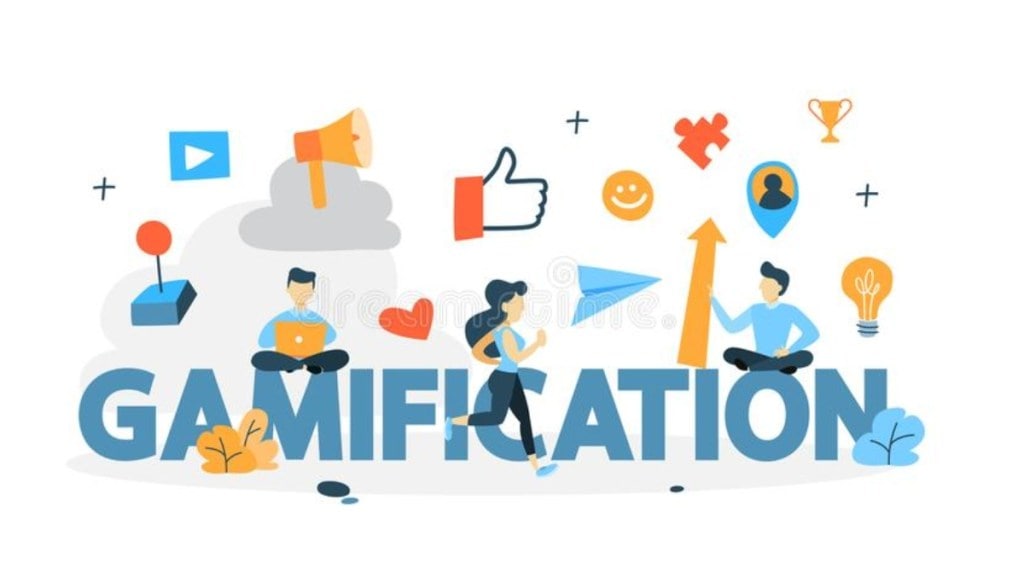By Fauzia Khan
Gamified learning is a teaching method that incorporates elements of game design into the learning process in order to make it more engaging and interactive for students. This approach to education has been shown to be particularly effective for children, as it taps into their natural curiosity and desires to explore and discover new things. In India, gamified learning has become a popular trend in recent years as more educators look for ways to make education more enjoyable for students.
One of the key benefits of gamified learning is that it helps to make learning more interactive and hands-on. Children are given the opportunity to participate in a variety of different activities, such as puzzles, quizzes, and simulations, that require them to actively engage with the material in order to progress. This helps to keep them focused and motivated, as they are constantly challenged to think critically and problem-solve. Studies have revealed the profound impact of game-based learning on school students, demonstrating that these approaches have the capacity to improve learning outcomes by two grade levels. In addition to providing an engaging and efficient learning experience, research also highlights the high completion rates of game-based lessons, reaching as high as 96% with an average of 83%.
Another benefit of gamified learning is that it allows children to learn at their own pace. Unlike traditional classroom settings, where students are often rushed through the material in order to keep up with the rest of the class, gamified learning allows children to work at their own speed and revisit the material as needed. This can be particularly beneficial for children who may struggle with certain concepts, as it gives them the opportunity to review and practice until they have a solid understanding. Singapore serves as a prime example of successful implementation of gamified learning. This small island nation has been incorporating gamification into its education policies and strategies for over a decade, and the results have been nothing short of impressive. In Singapore, the use of gamification in the classroom is not only encouraged, but also supported by the government through various initiatives and programs. Another important aspect of Singapore’s gamification strategy is the use of rewards and incentives. Teachers are encouraged to use gamification techniques, such as leaderboards and achievements, to motivate students and create a sense of competition and accomplishment. This not only helps to keep students engaged but also fosters a sense of community and cooperation, as students work together to achieve common goals.
Gamified learning is also adaptable to different learning styles and can cater to the diverse needs of students. It can be used in a variety of subjects, from mathematics and science to history and social sciences. This versatility makes gamified learning a valuable tool for educators in India who are seeking to provide students with a well-rounded education. Even the New Education Policy (NEP) 2020 envisions a shift away from traditional rote learning and towards innovative and hands-on educational methods, positioning gamification as a potentially transformative approach to delivering high-quality education in the near future.
In India, gamified learning is being used in both traditional classroom settings and online education platforms. Many schools and colleges now have dedicated gaming rooms or labs, where students can engage with educational content through video games and other interactive technologies. Major EdTech firms like BYJU’S and online learning platforms like PlayAblo are leading the way and implementing gamification into their course materials to make the learning experience more engaging and interactive.
Additionally, Gamified learning also helps to foster creativity and innovation. Many games and activities require children to come up with creative solutions to problems, which helps them to develop critical thinking and problem-solving skills. This can be particularly beneficial for children who may be interested in pursuing careers in science, technology, engineering, or math (STEM) fields, as these skills are essential for success in these fields.
In conclusion, gamified learning has the potential to revolutionize education in India. By making learning more enjoyable and interactive, it can help to increase student motivation and engagement, leading to better learning outcomes and higher achievement. As the trend continues to grow, educators and policymakers in India will have an opportunity to fully realize the potential of gamified learning and transform education for the better.
The author is a member of Rajya Sabha, NCP. Views are personal.

